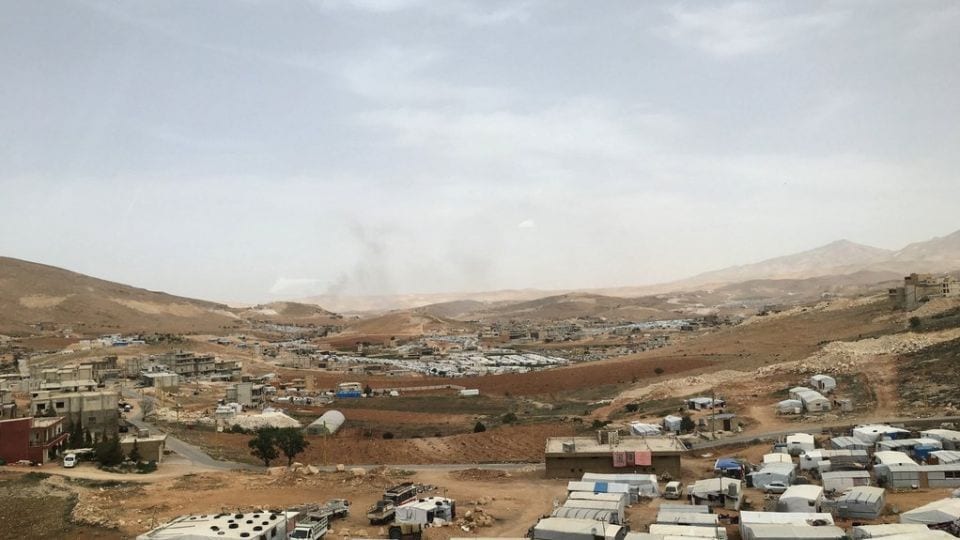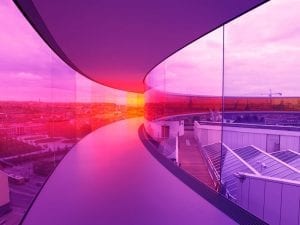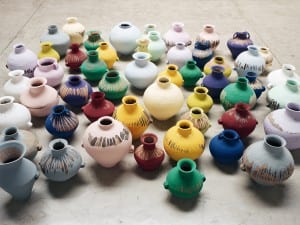In 2016, displacement reached an unprecedented level, with an estimated 22.5 million refugees worldwide. Exploring the theme of SUPERPOSITION: Equilibrium & Engagement, the 21st Biennale of Sydney engages with communities around the globe, reflecting artists’ journeys and personal narratives whilst addressing timely socio-political themes of relocation and globalisation. As Artistic Director, Mami Kataoka, reflects: “The history of the people of Sydney collectively mirrors the history of the world in the 20th century, in particular the movements and migration of people and cultures away from conflict.”
One such example comes from renowned artist and activist Ai Weiwei (b. 1957), whose individual story of displacement is profound; his family lived in exile in remote regions of China for nearly 20 years. Works such as Crystal Ball consider the complex future of society in the face of ongoing humanitarian crises, whilst Law of the Journey – presented as part of a collection echoing the history of UNESCO-listed site Cockatoo Island – engages with the physicality of migration. The 60-metre inflatable boat, filled with over 250 figures, is created from the same rubber used to manufacture vessels which carry refugees from Turkey to Greece. Further examining this, Weiwei’s feature length film, Human Flow, premiered in the city in March. The production spans 23 countries, documenting the global issue through a poignant exploration of individual and collective stories.
Engaging with Australia’s cultural history, practitioners such as Yvonne Koolmatrie (b. 1944), represented by MCA, combine traditional weaving techniques with contemporary innovation, celebrating time-honoured practices whilst looking into the future. In a similar way, paintings by Wathaurung elder Marlene Gilson (b. 1944) – part of The Art Gallery of New South Wales’ presentation – question the colonial past, representing the involvement of Aboriginal people in significant historical events, including the 1853 Eureka Stockade.
Other notable works from the MCA collection include Jacob Kirkegaard’s (b. 1975) Through the Wall, which provides an ambient recording of sounds of Israeli West Bank Barrier. A rumbling hum punctuated by sounds of life, including car horns, voices, prayer and birdsong highlight the importance of listening whilst providing new perspectives on socially resonant environments; other works have explored locations including Chernobyl and glacial formations in the Arctic. Comparably, Yukinori Yanagi’s (b. 1959) Icarus Container, an immersive labyrinthine artwork formed from shipping containers, use mirrors to reflect the sun. Representing global distribution networks, the piece offers reflection on industrialisation and progress in a time of global capitalism.
Until 11 June. Find out more here.
Credits
1. Still from Human Flow, dir. Ai Weiwei. 2017





